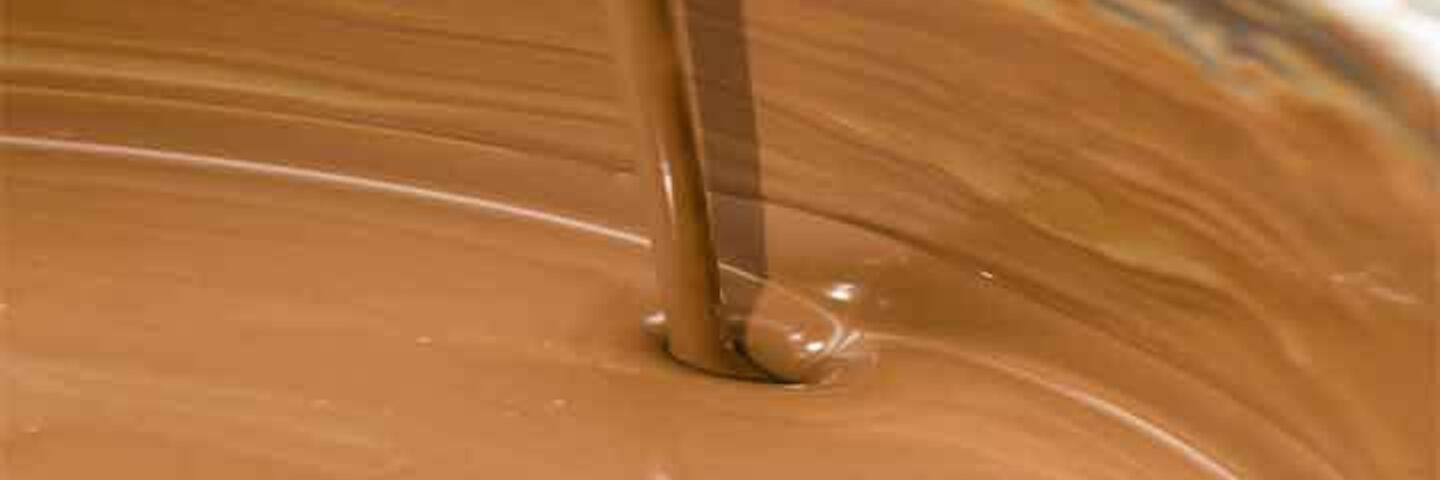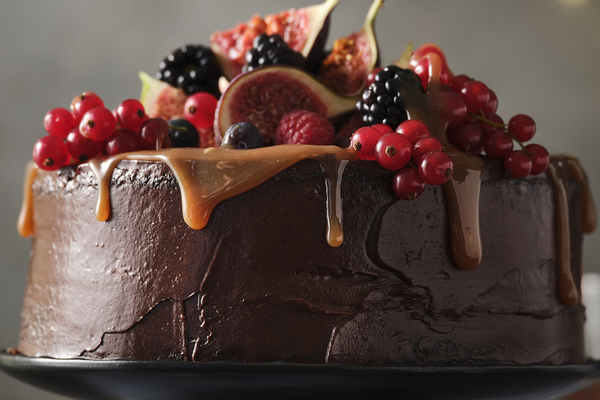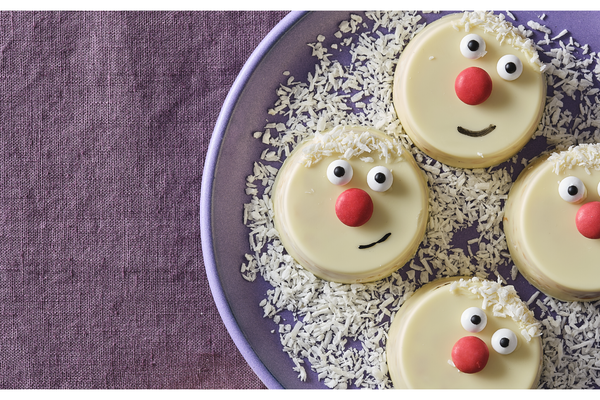Tempering Chocolate


The process of Tempering Chocolate is necessary to make it more malleable for dipping and coating and to ensure it stays shiny and snappy once it has set. One of the best ways of doing this is a process called ‘seeding’, which involves melting two-thirds of the required amount of chocolate in a bain-marie, or water bath and then adding the remaining third to it. This encourages the cocoa butter crystals to return to their original state once they set.
Ingredients
- 300 g Dark Chocolate 70%
- 300 g Milk Chocolate
- 300 g White Chocolate
Method
-
Chop the chocolate evenly and finely.
-
Place about 200g (7oz) of chocolate in a heatproof bowl set over a saucepan of simmering water, making sure the bottom of the bowl does not touch the water.
-
Place a sugar (candy) thermometer in the bowl and melt the chocolate, stirring with a rubber spatula to make sure it melts evenly. Keep an eye on the thermometer to ensure the temperature does not exceed the following:
Dark chocolate: 55–58°C/130–136°F Milk chocolate: 44–50°C/113–122°F White chocolate: 44–50°C/113–122°F
-
When the chocolate has melted, remove the bowl from heat and wipe the bottom to remove condensation. You want to avoid any chance of getting water in the chocolate or it could seize up into a chunky mess.
-
Stir the remaining 100g (4oz) of chocolate into the melted chocolate and leave that to melt too.
-
The chocolate will start cooling and thickening as you add the unmelted chocolate. The temperature it must drop to is as follows:
Dark chocolate: 28–29°C/82–84°F Milk chocolate: 28°C/82°F
White chocolate: 26°C/79°F -
When the chocolate has dropped to the right temperature, set the bowl back over the pan of simmering water over a low heat.
-
Heat the chocolate back to the following temperatures: Dark chocolate: 31–33°C/88–91°F
Milk chocolate: 30°C/86°F
White chocolate: 28–29°C/82–84°F -
Be sure to stir and watch carefully so that the chocolate warms evenly. If any bit of it exceeds the maximum temperature, the chocolate will be out of temper and you’ll have to start all over again.
-
To test for readiness, spread a little of the tempered chocolate on a piece of non-stick baking (parchment) paper or greaseproof (wax) paper. If it dries shiny with no streaks, it’s good to go!






